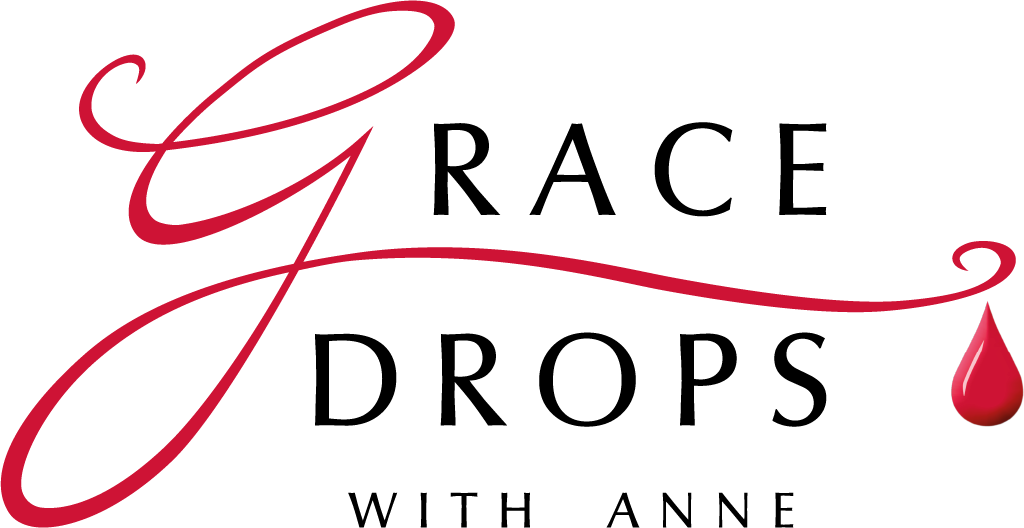Every so often I decide I’ve had enough of delving into the dark agendas of the fallen threshold guardians. So I take time out to explore the awesome works of Jesus in healing history. More often than not, my ‘holiday’ from thinking about thresholds turns out to be nothing of the kind. It suddenly dawns on me that Jesus is showing me how He warred against these high-level spirits.
So.
Back in 2021, I thought I’d spend the month of November examining the poetic structure of John’s gospel. My plan was to look at the matching names (because, you know, I’m seriously into names) in the scenes in the front and the back of the text. I thought it would be simple to map the pattern and, possibly, at the end I might even have a very short booklet.
Honestly I wouldn’t have started it if I’d known what was going to happen. And that’s undoubtedly why God didn’t let me know what I’d embarked on until I was well into the voyage and committed to sailing to the end.
The Elijah Tapestry is averse-by-verse commentary on the first and last chapters of John’s gospel. It approaches the text in an entirely different way—as if it’s an epic poem in the Hebrew style. It matches verses at the front with the corresponding verses at the end. As a result, some very unexpected connections and allusions are unearthed.
Even before I’d begun researching the second and second last chapters (for the second book in this series, The Summoning of Time—yes, this is a series!), I realised I’d gone through a backdoor into further study on the threshold spirits I was trying to avoid during my ‘holiday’. But now I was learning how Jesus defeated them.
But more than that. I was discovering that John’s writing was rich with references to topics I’d never heard discussed before: he reveals the passing of prophetic mantles, the healing of history, the fulfillment of tasks that had been unfinished or abandoned by the great heroes of Scripture.
The Elijah Tapestry is a deep dive into the sorts of topics most theologians avoid—the failure of some of the major prophets to complete the assignments God gave them; the mathematical structure of the poetry and what it means; the first hints of evidence relating to an early conflict with one of the greatest scientists of the ancient world, Archimedes (this becomes more prominent in the second and second-last chapters and weirdly plays with the same symbolic elements as appear in Indiana Jones and the Dial of Destiny); the philosophic battle between resurrection and reincarnation—to name just a few.
Despite its copious footnotes, it’s not intended as an academic work. The references are there because some of this material is so new it’s important for anyone who wants to check it to be able to do so. My intention is primarily devotional—to invite you into deeper intimacy with Jesus and His Word. And to let you see that perhaps there’s a whole lot more to His Word than you ever imagined.
The Elijah Tapestry—John 1 and 21: Mystery, Majesty and Mathematics in John’s Gospel #1 is now available.

